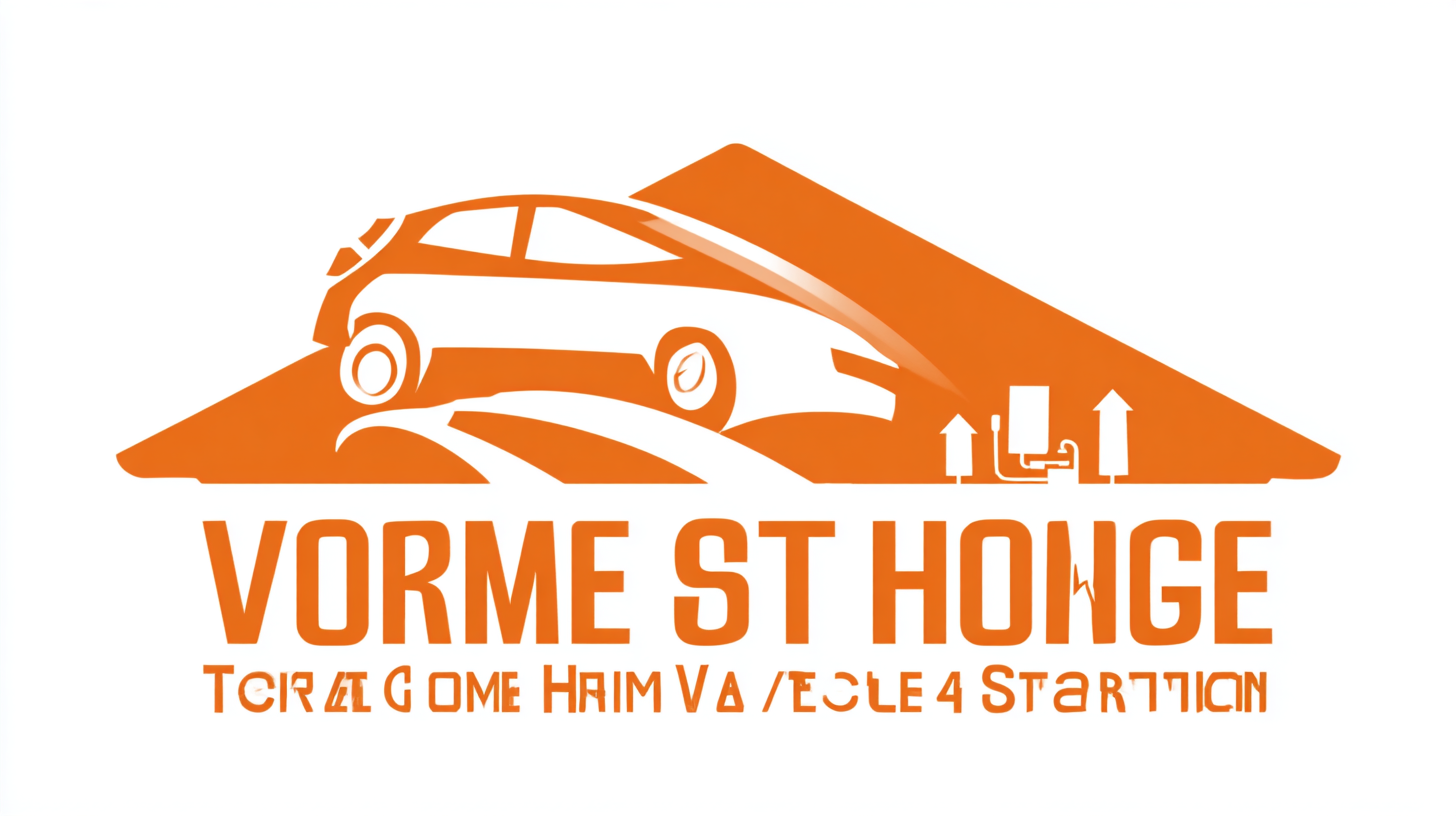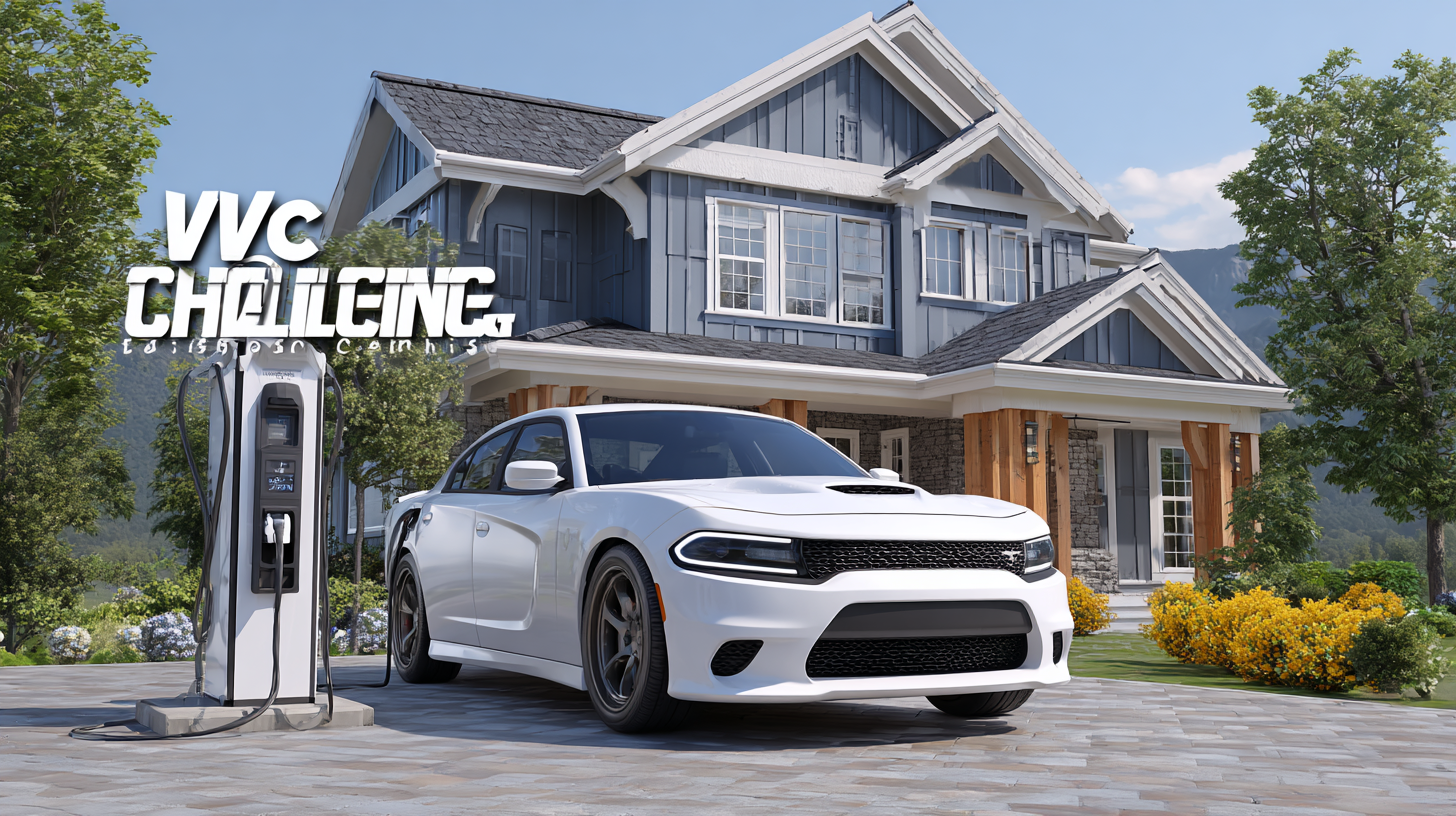As electric vehicles (EVs) continue to gain traction, the need for efficient and reliable Home Vehicle Charging Stations has become critical. According to the International Energy Agency, the number of electric cars on the road is expected to reach 145 million by 2030, which emphasizes the growing demand for adequate charging infrastructure. However, homeowners often face numerous challenges when selecting the best charging solution for their needs.

Factors such as charging speed, installation requirements, compatibility with different EV models, and cost are all essential considerations that can significantly affect user experience and satisfaction. Additionally, a report by the U.S. Department of Energy highlights that many potential EV buyers cite a lack of home charging options as a barrier to adoption. This blog will explore these challenges in detail, providing insights to help homeowners navigate the complexities of choosing the right Home Vehicle Charging Station.
When selecting the best home vehicle charging station, it's crucial to understand the various types available, as each serves distinct needs and preferences. According to a report by the International Energy Agency (IEA), the global electric vehicle (EV) market is expected to reach over 250 million units by 2030, prompting a rising demand for effective home charging solutions. The three primary types of home charging stations include Level 1, Level 2, and DC fast chargers, each differing significantly in charging speed and installation requirements.
Level 1 chargers use a standard 120-volt outlet and are suitable for overnight charging, delivering approximately 4-5 miles of range per hour. While they are the least expensive option, they may not suffice for heavy EV users. Conversely, Level 2 chargers, operating at 240 volts, can provide up to 25 miles of range per hour, making them ideal for most homeowners.
Meanwhile, DC fast chargers, though less common for residential use due to their high cost and power requirements, can replenish an EV's battery to 80% in as little as 30 minutes, catering primarily to commercial or fleet operations. Understanding these options and their implications on charging speed, cost, and installation complexity is critical for making an informed decision.
When it comes to selecting the best home vehicle charging station, one of the primary considerations is charging speed. According to the U.S. Department of Energy, home charging stations typically fall into three categories: Level 1, Level 2, and DC Fast Charging. Level 1 chargers, which use a standard 120-volt outlet, offer a slow charging rate of about 4-5 miles of range per hour, making them suitable only for overnight charging. In contrast, Level 2 chargers utilize a 240-volt outlet and can provide around 25 miles of range per hour, which is significantly more efficient for daily use.
For those who prioritize rapid charging, it's essential to evaluate the specifications of any charging station you're considering. Industry data indicates that a Level 2 charger can fully charge many electric vehicles in approximately 4-8 hours, while DC Fast Chargers, typically found in public charging stations, can replenish an EV battery to 80% in just 30 minutes. This disparity in charging times underscores the importance of selecting a charging solution that aligns with your lifestyle and driving habits. Emphasizing charging speed not only impacts convenience but can also affect overall vehicle performance and lifespan.
This bar chart displays the average charging speeds of different types of home vehicle charging stations, measured in miles of range added per hour. It's essential to consider charging speed when selecting a home charging solution.
When selecting the optimal home vehicle charging station, understanding installation requirements and costs is vital. According to a report from the Department of Energy, the average cost of installing a Level 2 charging station ranges between $1,200 and $2,500, depending on the complexity of the installation and the specific site conditions. This cost often includes labor, which can account for up to 70% of the total expense, particularly if electrical upgrades are needed to accommodate the charging station's power requirements.

Moreover, prospective users must consider additional factors such as the necessary permits and local building codes, which can further influence installation costs. A study published by Consumer Reports indicates that nearly 45% of homeowners underestimate the costs associated with permitting and circuit upgrades. It's essential to conduct a thorough site assessment, which may involve consultation with a qualified electrician, to ensure compliance and to optimize the efficiency of the charging station while minimizing unforeseen expenses in the installation process.
When selecting a home vehicle charging station, smart features are key to enhancing your overall charging experience. Look for advanced functionalities such as Wi-Fi connectivity, mobile app controls, and automatic updates. These features allow you to monitor your charging sessions remotely and schedule charging times to take advantage of off-peak electricity rates. Smart chargers can also provide real-time energy consumption data, helping you manage your electricity usage more efficiently.
Tip: Consider investing in a charging station that integrates with your smart home system. This compatibility not only makes it easier to control your charger from a central hub but also enables automated routines based on your daily habits. For instance, your charger could be programmed to start charging when you leave for work, ensuring that your vehicle is ready when you return home.
Additionally, prioritize safety features like overload protection and surge protection, which are crucial for both your vehicle and home. Some smart chargers also offer safety alerts through notifications in your app, allowing you to quickly address any potential issues. By assessing these smart capabilities, you can ensure that your charging station meets your needs while offering peace of mind and convenience.
| Challenge | Description | Smart Features | Convenience Level |
|---|---|---|---|
| Compatibility | Ensuring the station supports various vehicle models and charging standards. | Adaptive charging profiles | High |
| Installation | Complex installation process may require professional assistance. | Remote installation guidance | Medium |
| Charging Speed | Different charging stations vary in charging speed. | Smart charging optimization | Very High |
| Cost | Initial investment versus long-term savings on fuel. | Cost tracking and incentives | High |
| Safety Features | Need for protection against overcharging and electrical hazards. | Integrated safety sensors | Very High |
When selecting the best home vehicle charging station, evaluating brand reliability and warranty options is crucial. Different brands often come with varying reputations for quality and durability. Some manufacturers may advertise high-end features or fast charging capabilities, but it's essential to dig deeper and assess customer reviews and ratings. Reliable brands typically have a consistent track record of producing dependable charging stations that withstand the test of time. By choosing a well-regarded brand, homeowners can invest with confidence, knowing they are less likely to face issues down the line.
In addition to brand reputation, warranty options play a significant role in the decision-making process. A robust warranty not only reflects a company's confidence in its product but also offers peace of mind to the consumer. Warranties can range from a few years to a lifetime, and understanding what is covered—such as parts, labor, or even performance guarantees—can significantly influence your choice. Make sure to compare these warranty offerings among different brands, as they can reveal a lot about the long-term value and support you'll receive after your purchase. Ultimately, taking the time to analyze both brand reliability and warranty options can help ensure that you choose a charging station that meets your needs and lasts for years to come.

